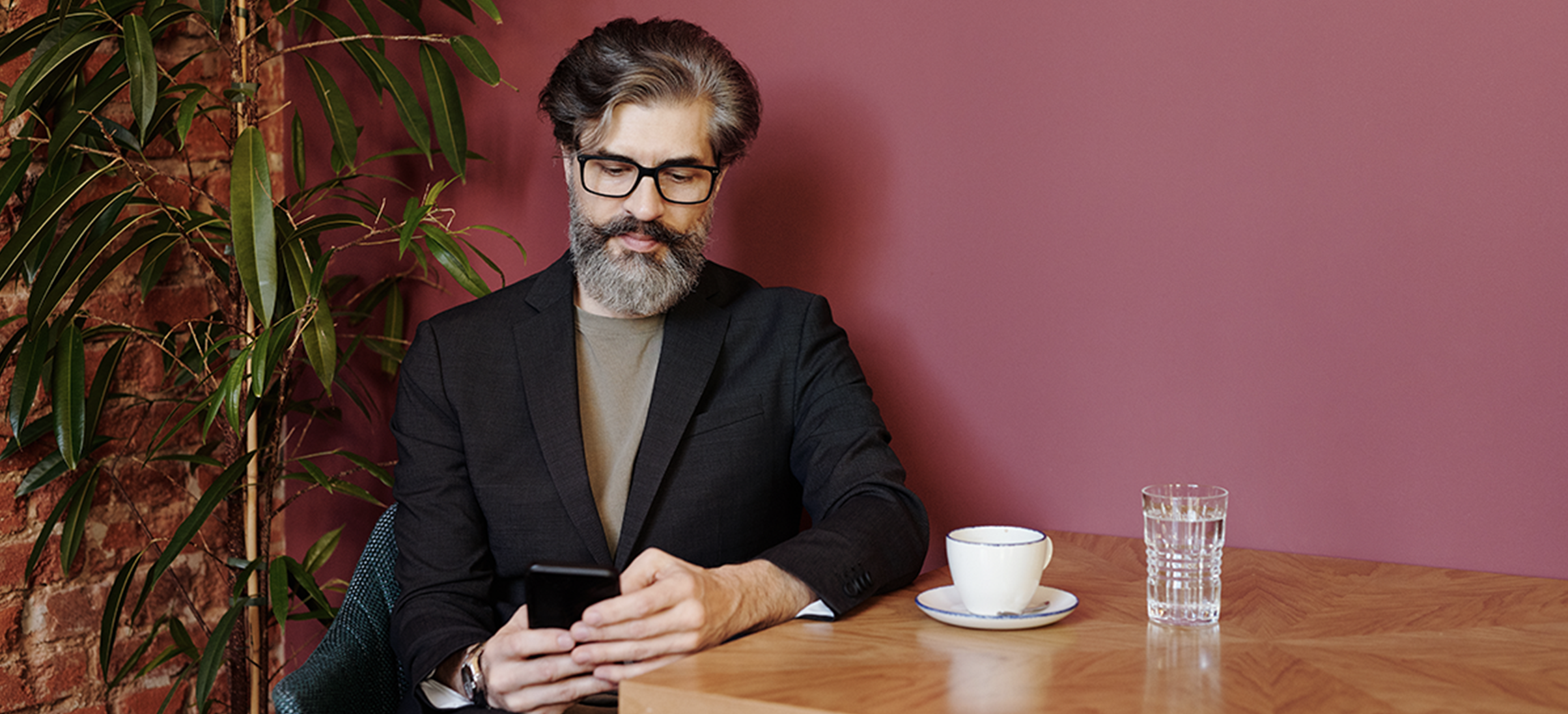
What are capital allowances?
Capital allowances are how you deduct costs for plant and machinery from your tax return. Find out what you need to know about capital allowances with this guide!
What are capital allowances?
When you buy fixed assets that you use for your business, you can deduct some or all of the value from your profits before you pay tax. This is called claiming capital allowances.
You can claim capital allowances on fixed assets like machinery, equipment or vehicles you buy for your business.
If you’re a sole trader or partner with an income of £150,000 or less a year, you can do your accounting on a cash basis instead. If you’re using cash basis you can still claim on motor vehicles, but other equipment is a normal allowable expense.
What is the AIA?
AIA stands for Annual Investment Allowance. It’s part of Capital Gains Tax. There’s a limit to how much AIA you can claim, which you can find out on the HMRC website. Assets included in your AIA are fully deductible from your profit before tax.
You can claim AIA on most plant and machinery, but not on cars, items you owned before starting your business or items given to you or your business.
How to work out the value of your item
The value of your item is usually what you paid for it. But, if you owned it before you started your business or it was a gift, you use the market value.
What can you claim capital allowances on?
You can claim capital allowances on fixed assets for your business. This includes:
- Plant and machinery you keep to use in your business
- Cars
- Demolition costs of plant and machinery
- Alterations to a building to install plant and machinery, but not repairs
- ‘Integral features’ for building
- Some fixtures
The integral features you can claim on include:
- Lifts, escalators, moving walkways
- Electrical systems including lighting
- Space and water heating systems
- Air-conditioning and cooling systems
- Hot and cold water systems (not including toilet or kitchen)
- External solar shading
The fixtures you can claim on include:
- Fitted kitchens
- Bathroom suites
- Fire alarms
- CCTV
Whether you rent or own the building, you can claim capital allowances as long as you bought the items.
If you bought your premises from a business owner, you can only claim on integral features and fixtures they claimed for. Make sure you agree on the value of the fixtures with the seller, otherwise you won’t be able to claim for them.
Other capital allowances
There are other capital allowances you can claim apart from plant and machinery. These include:
- Renovating business premises in disadvantaged areas of the UK
- Research and development
- Extracting minerals
- Intellectual property about industrial techniques, known as ‘know-how’
- Patents
- Dredging
- Structure and buildings
How to claim capital allowances
You can claim capital allowances on your relevant tax return, depending on your business type:
- Sole trader: Self Assessment tax return
- Partner: Partnership tax return
- Limited company: Company Tax Return (you’ll need to include a separate capital allowances calculation)
The amount you can claim is deducted from your profit.
What’s the difference between capital allowances and depreciation?
Depreciation is an accounting method used to reflect the loss of value of an asset over time to show the correct value in the financial statements. Depreciation is not an allowable expense when it comes to tax in the UK. Instead, tax rules state that you should instead use capital allowances.
Manage your finances with Bokio
Choosing the right accounting software can help make managing your finances simple.
Bokio’s bookkeeping, and invoicing software has everything you need to manage your business finances in one place. We have everything you need to help you prepare for your Self Assessment tax return, submit your Making Tax Digital VAT Return and keep the right financial records. If you need an extra hand, we can help you find an accountant to work with.
Accounting is kept simple with Bokio, so you have more time to spend running your business.

